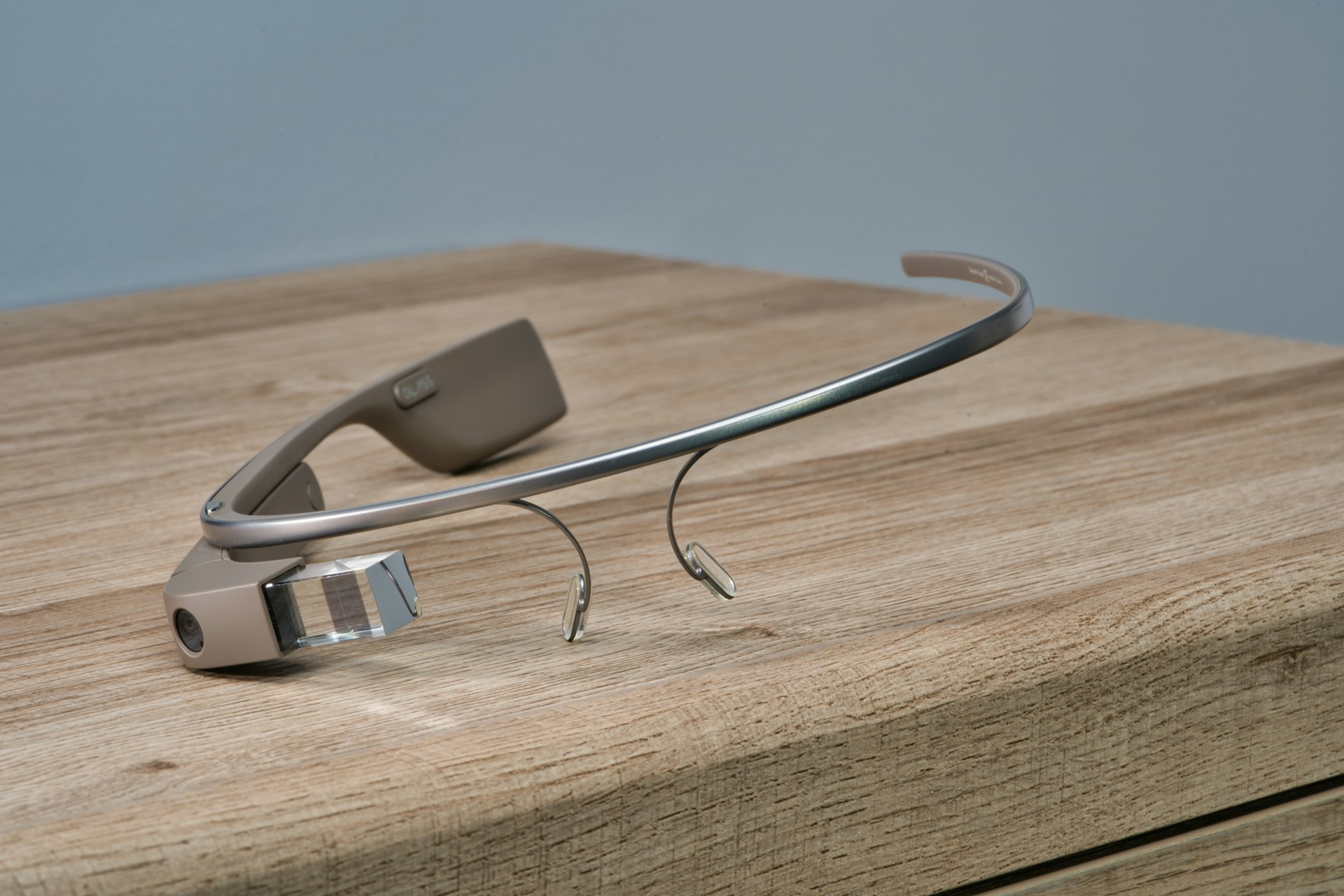With the introduction of Gemini, Google is attempting to steer clear of the errors of the past Google Glasses

With the introduction of Gemini, Google is attempting to steer clear of the errors of the past Google Glasses
Prepare to view Android in a manner that is quite novel. Ten years have passed since Google ceased selling the Google Glass headgear to end users, and thirteen years have passed since the company first introduced the Google Glass headset. A number of different efforts have been made to make smart glasses functional, but none of them have been successful. In light of the fact that more straightforward products, such as the Meta Ray-Ban glasses, have gradually gained a following, Google is moving back into the smart glasses business. Following the announcement of Android XR at the end of the previous year, the first practical devices were present at Google I/O. In addition, you are not going to believe this, but the experience is mostly tailored for Gemini.
Google is fond of pointing out that Android XR is the company’s first new operating system to be built during the “Gemini era.” Despite the fact that the platform is intended to operate on a variety of glasses and headsets that make substantial use of Google’s artificial intelligence bot, there were only two experiences that were shown at the I/O conference. These were an augmented reality headset from Samsung called Project Moohan and the prototype smart glasses.
Moohan is a completely enclosed headset; yet, when you put it on, it will automatically use passthrough video as its default operation. If you have previous experience wearing an Apple Vision Pro or a Meta Quest with more recent software, you will have a general understanding of how Moohan operates. There is no doubt that the interactions are consistent and easy to understand. With the excellent hand tracking functionality of the headset, you are able to grasp, move, and pick things. Additionally, you will have access to the applications and services that you have been used with from Google when you use Android XR. When it comes to other headsets, content has been a challenge, and this is not limited to video experiences or games.
Using Google Glass (or Glasses)?
The pair of smart glasses that Google has developed is the most intriguing of the two. The Moohan is not something that you would want to wear all day, despite the fact that it is not as heavy as the Vision Pro or the Quest 3. The spectacles, on the other hand, could be able to fit in with your life without much of a noticeable difference. Despite the fact that the hardware was a prototype, Google made sure to emphasize that the glasses were both comfortable to wear and aesthetically pleasing.
On the other hand, in contrast to the Meta Ray-Bans, Google’s glasses come equipped with a display that is built into the right lens (you can just about make out the size and placement of the display in Sergey’s spectacles above). Unlike Android XR, which places the user interface in the center of the screen, Google Glass projects its user interface toward the corner of your field of view. For a number of reasons, including the fact that the information it displays is somewhat less extensive than what you receive with Moohan, it is semi-transparent and may be quite challenging to concentrate on at first.
As well as open-ear speakers, the glasses are equipped with a camera and a microphone. Everything is able to blend in perfectly with the appearance of a body that is almost identical to that of a pair of regular eyeglasses. The sole indication that they are “smarts” are the sizeable temples that contain the silicon and the battery. These devices establish a wireless connection to a mobile device, using the same Gemini Live service that can be accessed via the Gemini app. When it is on your face, however, the feeling is very different.







